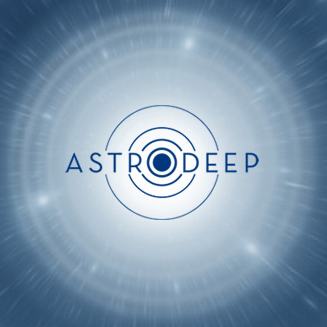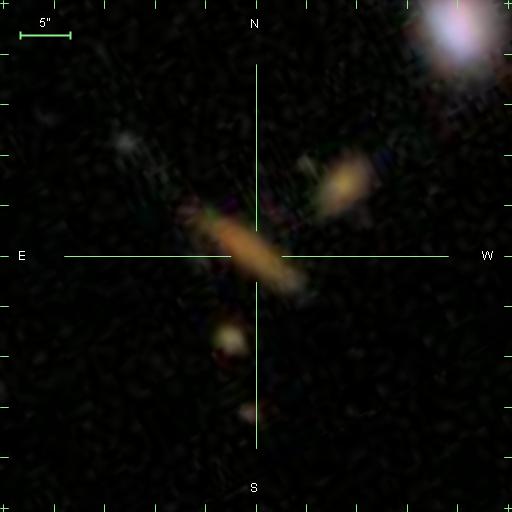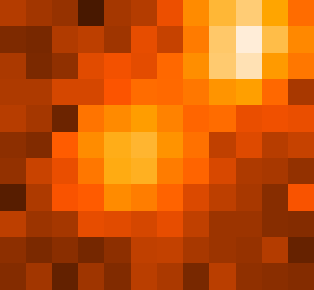As a core member of the H-ATLAS survey, I have been involved in the preparation of data products, identifying optical counterparts to sources detected in the sub-millimetre, and solving the problem of measuring consistent fluxes in multiple wavebands with differing resolutions (in collaboration with GAMA). This is necessary to understand the full spectral energy distribution of light emitted from galaxies, and to investigate properties such as the star formation rate, dust mass and temperature in different types of galaxies. My latest work in this area has focused on the delicate issues of matching galaxies between the H-ATLAS, GAMA and SDSS surveys, and I published a paper on how weak lensing can be a problem for matching sub-millimetre and optical surveys. I also produced the public catalogues of optical counterparts, multi-wavelength photometry and redshifts of sub-millimetre sources in the H-ATLAS Phase 1 Data Release, described in a paper that I led.
I also completed a study of molecular gas in some of the dustiest galaxies in the local Universe, selected from H-ATLAS. These galaxies contain large masses of interstellar dust, the presence of which is thought to be linked to prolific star formation in the past. By observing microwave line emission from CO molecules, we can estimate the amount of molecular hydrogen in a galaxy, which is important because this gas is essential for a galaxy to continue forming stars. By understanding the links between cold dust and cold gas we can understand what phase of evolution these dusty galaxies are in, and we can use these links to understand the evolution of galaxies in the more distant Universe which are too far away for us to observe the CO emission.
Much of my work has made use of "stacking" techniques to determine the statistical properties of large samples of galaxies in an unbiased way. In this way I can collect the light emitted from galaxies at far-infrared and sub-millimetre wavelengths, from which I can infer the properties of interstellar dust in galaxies. By stacking I can investigate how the dust properties depend on the stellar properties of galaxies, inferred from optical and near-infrared observations, and how they evolve over cosmic time.
I have applied these techniques to large samples of galaxies selected at optical wavelengths at high and low redshifts, studying the tight correlation between far-infrared and radio emission in one paper, and the evolution of dust content in ordinary galaxies in another.






